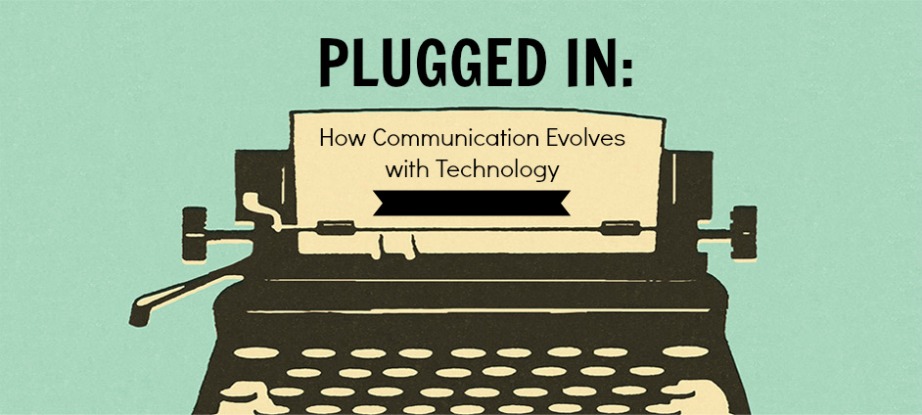Over Thanksgiving break, I read this book Ready Player One on a whim. It was a
young adult futuristic novel that takes place in the year 2044. In a world
driven by natural disasters, resource shortages, and overpopulation, there is a
vast online virtual reality universe called OASIS that people—especially the
main character Wade—spend all their time on in order to escape their bleak
reality. The world is filled with everything from virtual reality videogames to
virtual classrooms. However, people who engage in the virtual reality world are
all obsessed with one common mission—the quest of finding the virtual “keys” in
that world somewhere that would eventually lead to the late OASIS founder’s
fortune, a fortune that he left behind for the first person that would solve
his riddles and find all three of his “keys”, in order to claim both his
fortune and control of OASIS. The game pits unlikely hero Wade against
corporations battling to find the keys and take control of OASIS with entry
fees and limited access.
Though I mostly considered Ready Player One to be a fast-paced, thrilling adventure book, I
also found it to contain revelations about our current and future society. We’ve
become increasingly virtual since personal computers and cell phones were made.
As time progresses and technology gets even more elaborate, would we choose to
abandon reality in favor of virtual worlds? In the novel, the main character Wade
has lost his parents from an early age, and lives with extended family that he
hates, so it makes sense that he would spend all his time involved in his
online quest. But what about other people who live in close-knit families and
communities? Would they choose to separate themselves from the “real” people
around them to pursue the experiences and people that the encounter online?
Another topic that is addressed in this novel is regarding
the differences in the ways we present ourselves online versus the ways we
present ourselves in real life. In the reality world, Wade augments his
features, making his avatar slightly slimmer and less acne-prone. One of his
best friends on OASIS is this avatar named Aech. Aech is a white male, and yet
Wade finds out later in the book that the person behind Aech is actually a
black female who made her avatar white and male because she thought being a white
guy would make her more successful and give her more opportunities. It’s no
secret that when we can create virtual versions of ourselves even in today’s
society—in games, social forums, etc.—we often augment the “good” parts of
ourselves, like Wade, or change our appearance entirely, like Aech, in order to
communicate across to others a better version of ourselves. Though we might be
able to project our “ideal” selves, it does potentially hurt the genuineness of
our communication—we might become entirely different people on the Internet,
and people would make friends with not our true selves but the selves we
project.


